Finishing the interior of your historic home
Identifying Style
Before finishing the interior of your home, determine its architectural style and year of construction so that period details can be used in your interior scheme. The "Pelham By Design" collection at the Pelham Library contains books that can help you identify the style of your home, such as American Architecture Since 1780 by Marcus Whiffen, A Field Guide to American Houses by Virginia & Lee McAlester and What Style Is It?: A Guide to American Architecture, by John C. Poppeliers.
Generally, architectural styles can be divided into two general groups: "romantic" or "picturesque" styles (such as Shingle Style, Tudor Revival and Bungalow Style), which derive from Gothic and are asymetrical and irregular in plan and "classical" styles (such as Colonial Revival and Italian Renaissance Revival), which derive from ancient Greece and Rome. Although this is a vast simplification, identifying whether your home is generally "picturesque" or "classical" is key to choosing interior finishes.
"Romantic" Designs
For romantic styles, built between 1880 and 1920, particularly Shingle Style and Bungalow Style, the "Arts & Crafts" movement was a popular design for interiors. This included work influenced by designers such as Charles Renee Macintosh, William Morris, Gustav Stickley and C.F.A. Voysey. Morris, in particular, has recently grown in popularity, with a wide range of his wallpaper and fabric designs now widely reproduced. These designers tended to abstract nature into organic patterns structured by varying degrees of geometry. Morris, for example, was less rigidly geometric and more in the "art nouveau" style, while Macintosh was more geomoetric and more similar to what would give later become "art deco." The Arts & Crafts movement favored more simple design and shunned the industrial age tendency toward the ornate found in the earlier "High Victorian" styles, such as Queen Anne.
"Classical Styles"
Classical styles borrow details from the architectural vocabulary of ancient Greece, employing swags, shields, Greek key, egg-and-dart, ionic scrolls and other designs. The Adams Brothers architectural firm so heavily used this style in interior design in the late 1700s that Federal Style homes contained details that came to be called "Adamesque." The same details were used again during the Colonial Revival period in the early 20th century (also accompanied by such American patriotic details as stars, arrows and eagles).
Eclectic
Some architectural styles borrow from both the classical and the romantic. For example, Queen Anne used a high degree of ornamentation and "gingerbread" that borrowed from all manner of historical precedent, including the classical, but combined them into an overall asymetric plan. Although there are a few examples in Pelham, the Queen Anne style was far less popular here than the more understated Shingle Style. Queen Anne style homes are more prominent in places such as San Francisco and Cape May, New Jersey.
Under influence from the prominent architectural firm of McKim, Mead & White, late period Shingle Style homes at the turn of the century sometimes incorporated some classical details such as Palladian windows and tuscan columns. However, the style, overall, remained romantic and picturesque.
The Tudor Revival of the 1920s borrowed primarily from the architecture of England when the House of Tudor controlled the monarchy. However, it sometimes incorporated details from the slightly later Elizabethan period when Queen Elizabeth commissioned architects from Rome and Florence who introduced classical elements to England's vernacular Tudor architecture.
Books about Period Interiors in the Pelham By Design Collection:
The Elements of Style: A Practical Encyclopedia of Interior Architectural Details from 1485 to the Present
by Stephen Calloway
Traditional Details by Ramsey Sleeper
Period Details by Martin and Judith Miller
Old House Measured and Scaled Detailed Drawings
by William R. Radford
Lighting for Historic Buildings by Roger W. Moss
Visiting Local Landmarks
After determining the style of your home, one of the best ways to get a feel for period interior finishes and furnishings is to visit local landmarks of the same architectural style. Linked to the Architectural Style page on this website, are various architectural style homes that now operate as museums and are open to the public. Most of them are not far from Pelham and many of them offer special educational programs and events for children.
